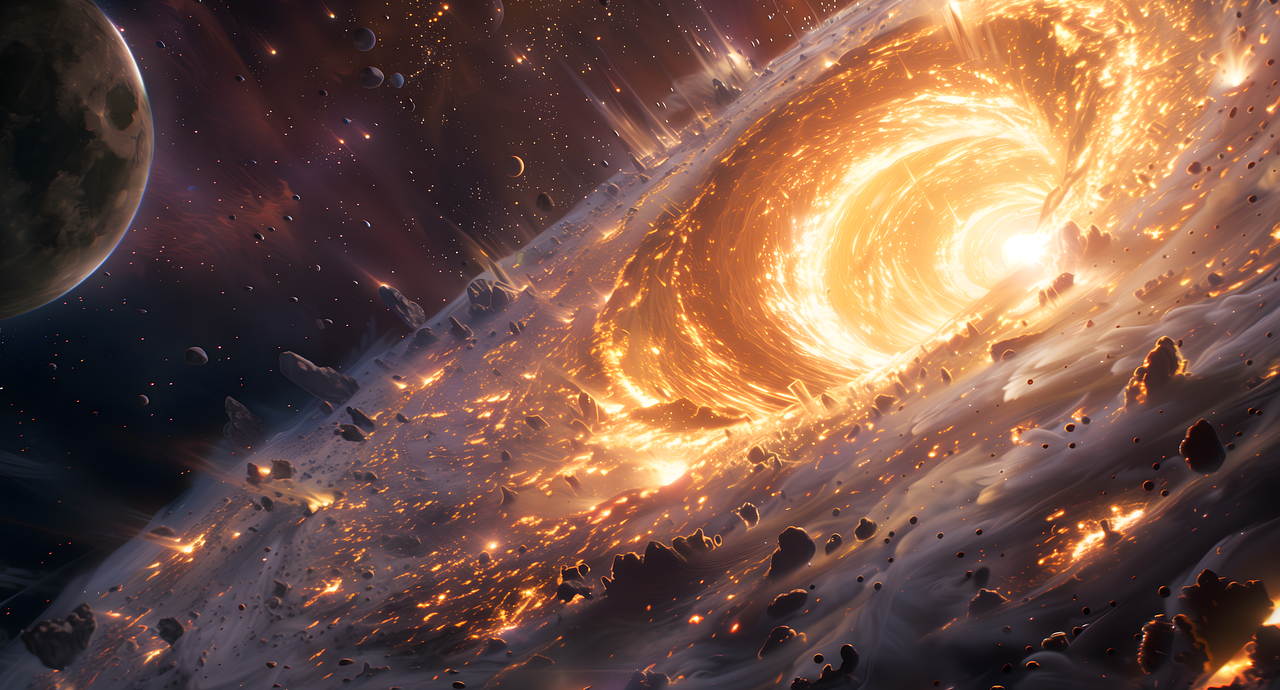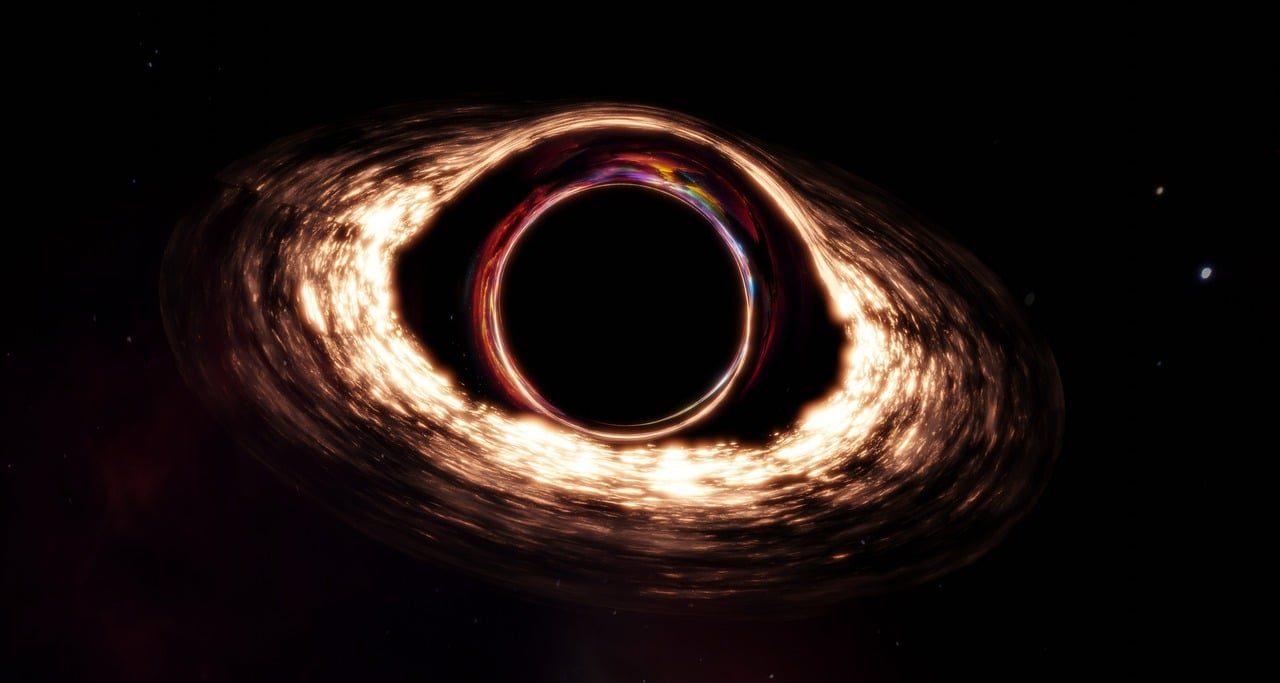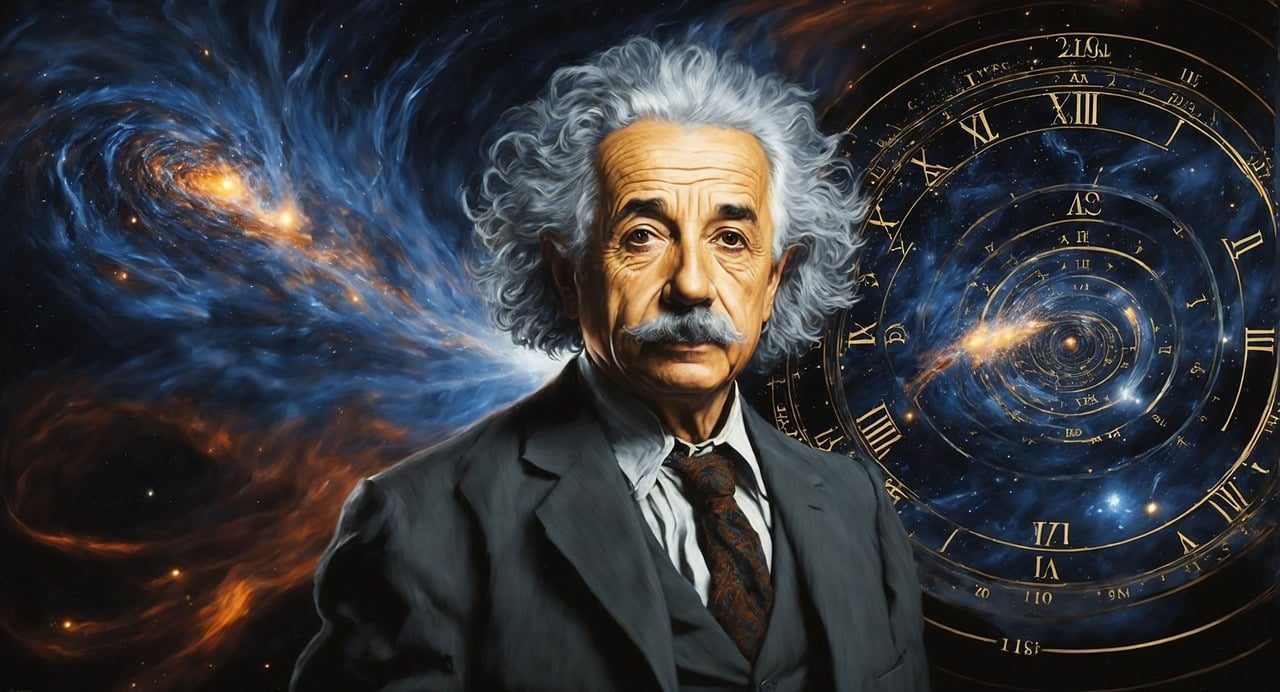
A white hole is a region of space-time that expels matter and energy.
A white hole is a region of space-time that constantly repels and ejects matter . It is, therefore, the opposite of a black hole (which attracts matter due to its immense concentration of mass).
At the moment, the existence of white holes has not been demonstrated, which makes them a theoretical model. The concept was developed as a complement to black holes within the framework of the so-called Einstein field equations , which make up the theory of general relativity that Albert Einstein presented between 1915 and 1916 .
Characteristics of white holes
While black holes have been detected in the observable universe, white holes are the result of calculations by astronomers and physicists. They appear by solving mathematical operations posed in Einstein's equations, but it is unknown what physical process could generate them.
According to specialists, the effective existence of white holes would be a verification of the real nature of phenomena that are currently inconceivable, such as that time is suspended or that bodies can fall upward due to negative gravity .
Scientists emphasize that matter revolves around black holes, in a spiral, until it falls inside. This matter, therefore, enters the black hole , crosses the event horizon and then it is no longer known what happens to it. In this context, there are physicists who believe that the bottom of the black hole maintains a connection with a white hole through a wormhole .
This look suggests that matter can enter the black hole, cross the wormhole, and exit through the white hole. However, the strong gravity suggests that it is physically impossible to pass through the wormhole.
Therefore, one possibility is that a white hole is a source of dark energy (that which generates cosmic expansion). Another view considers that it could be a black hole in the future .

A white hole would be the opposite of a black hole.
Einstein's analysis
In his field equations, Albert Einstein establishes a link between matter and the curvature of space-time . Within the framework of the theory of general relativity, it is argued that gravity is an effect of this curved shape.
It can be said that the presence of matter causes a distortion in the shape of space and the development of time. Therefore, an attraction is generated that causes objects to fall towards the surface to the orbits of the planets .
Continuing with Einstein's equations , black holes have such a high concentration of mass that it produces a gravitational field from which neither particles nor radiation can escape (except for the so-called Hawking radiation , which Stephen Hawking conjectured). These black holes produce a space-time singularity : the aforementioned event horizon, which separates it from the rest of the universe .
Following this line, the complement of a black hole is a white hole, where the opposite occurs: matter and radiation are not absorbed, but expelled. Just as nothing can come out of a black hole, everything comes out of a white hole. As we already indicated, the black hole and the white hole could be linked by a kind of bridge between space and time known as a wormhole. Physicists believe that, if white holes exist, they would be unstable , collapsing in short periods of time and then transforming into black holes.

The existence of white holes has not been proven.
From black hole to white hole
According to research developed by the Complutense University of Madrid , the Institute of Structure of Matter of Madrid , the Institute of Astrophysics of Andalusia and the University of Cape Town ( South Africa ), which was released in 2017 , the holes Black holes could also transform into white holes over time.
The study states that, a short period after their formation, black holes can become their temporary opposite (white holes). Thus, after preventing the particles from leaving their interior, they begin to expel them. The succession of these transitions, physicists indicate, would give rise to a configuration where there are no longer event horizons .
These researchers affirm that black holes do not show behavior consistent with the theory of general relativity . According to his vision, the transition occurs through the expulsion of that material that, in the first instance, generated the black hole.
The study of the time interval in which a black hole becomes a white hole involves interrelating quantum mechanics with gravitational theory . That is what the scientists behind this research work are aiming for.
The Big Bang
It is interesting to note that one theory considers that the Big Bang (the explosion that gave rise to the universe) was a white hole. In 2012 , Shlomo Heller and Alon Retter presented this version, calling this supposed white hole Small Bang .
As we have explained, white holes expel matter and energy. That's what scientists believe happened with the Big Bang . A current of cosmology states that there could be cycles of expansion and collapse : this cyclic universe begins with a white hole, then a collapse occurs when it becomes a black hole and later a new universe emerges with another transition towards a white hole. .
